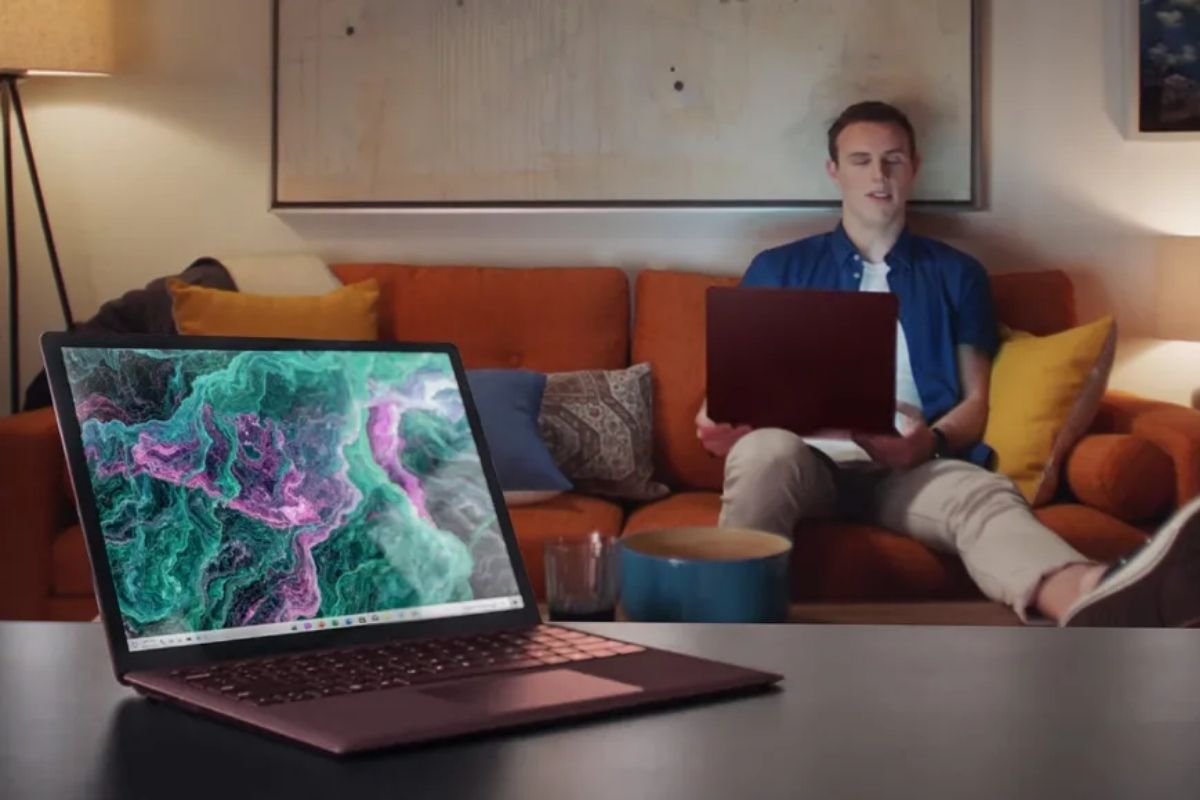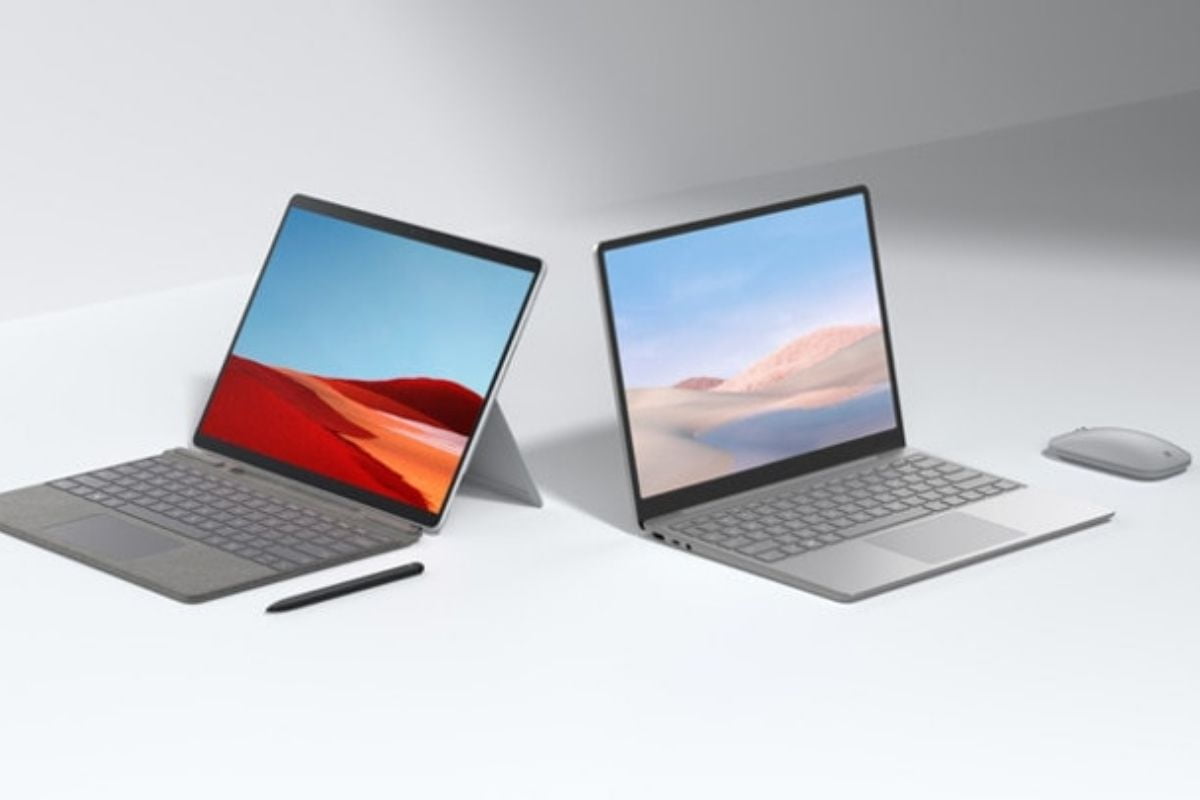Ever since Windows 11 launched, many users who were running on Windows 8 or Windows 8.1 might be wondering as to how they can upgrade compatible devices to Windows 10 so as to upgrade to Windows 11, given that their device specifications meet the requirements for the latest version of Windows. However, paying full price for the Home edition of Windows is not a cheap affair, and many might not wish to splurge on an upgrade that they might not even use. It might interest you to know, however, that getting the Windows 10 update is easy, but getting it for free is a bit of a pickle. Microsoft has, however, mentioned that it would offer a free upgrade to Windows 7 and 8, but it has never shut down the path to upgrade to the newer OS that might be available. Microsoft has allowed this route for a free Windows 10 upgrade to stay available for users who are on older versions on purpose so as to make use of the costs of the free upgrades rather than losing users to Linux, which is free, instead of having to stick with an unsafe and older version of Windows. In terms of updating to Windows 10, it is actually quite easy, so read ahead to learn how you can upgrade to Windows 10 free of charge, but before that, you might be wondering as to whether or not Windows 10 is actually free.
Is Windows 10 Actually Free?
Well, to be frank, Windows 10 has never been free ever since its release in 2015. Windows 10 Home costs $139 in the US, with Windows 10 pro costing $200. There was a period of time when Microsoft offered free upgrades for customers running Windows 7 and Windows 8.1, but that period has long passed. There is, however, a loophole that allows you to get Windows 11 on your computer for free. We suspect it to be left open so as to get more interest towards Windows 10, with the company probably being keen on letting users upgrade from an outdated or unsupported version of the OS.
Here’s How You Can Upgrade to Windows 10
The steps to upgrade to Windows 10 from Windows 7 and 8.1 are the same as when the company had officially started offering the upgrade. This is divided into two steps. Step 1: Check the system hardware requirements, which are:-
- CPU: 1GHz or faster processor that is supported 2.RAM: 1GB for Windows 10 32-bit or 2GB for Windows 10 64-bit 3. Storage: 32GB of space or more 4. GPU: DirectX 9 compatible or later with WDDM 1.0 driver 5. Display: 800x600 resolution or greater In case your Windows 7 based PC or laptop fails to meet the specifications, your laptop will fail to run Windows 10, and, in our opinion, a 2GHz dual-core processor and 4GB of RAM coupled with 160GB of storage should be the bare minimum to run the update in a smooth manner. Step 2: Use Windows Media Creation Tool Step two consists of the use of the Windows Media Creation Tool, following which the user is required to select the Download tool now option present under the section that is headed as Create Windows 10 installation media. Then you will be required to run the Windows Media Creation Tool, after which you will reach the What do you want to do? section, after which you need to select Upgrade this PC now and follow the remaining steps in the tool. If you enter your Windows 7 or Windows 8 license key, you should have Windows 10 running for free. Clicking Activate button should fix any issues that might occur further. In case you don’t have the license, you can also enter the Windows 7 product key to manually activate the OS.

